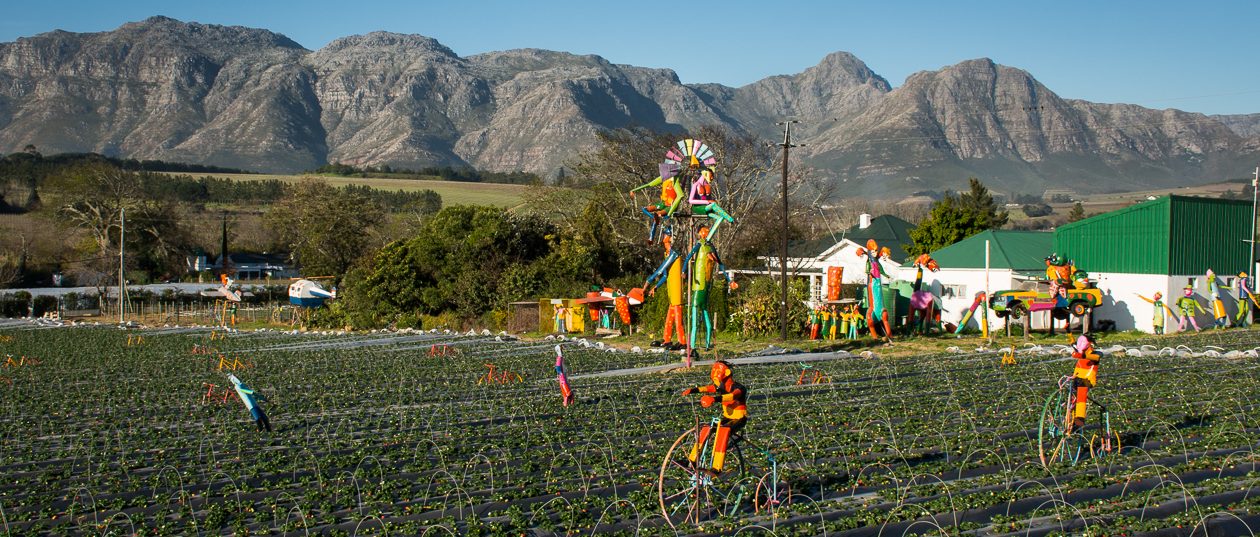Fellow student Jonathan mentioned Stephen Wilkes’ work in our recent Landscape hangout and I find his work absolutely stunning. Wilkes spends a lengthy amount of time at his locations with his tripod set up and photographs the same scene every time something interesting or new enters the scene. Some of his images were composed over a 36 – 48 hour interval. He then edits down to about 50 images and proceeds to layer them in order to come up with a single image.
The result is quite surreal. Day and night occur in the same image. The colours are very vibrant – almost over saturated, but in this instance I think it is necessary to balance the differing day/night tonal values. There is a breadth to his images similar to Crewdson, Gursky or Burtynsky, but at the same time the photographs are quite intimate, encouraging much reflection. There is a sense that the viewer is all alone witnessing this spectacular scenario in front of him. All his photographs are very well executed, showing the beginning of the day, recording the gradual rotation of the light as the day progresses into night, but for me the ones that best convey the Day to Night theme are those where this effect is presented horizontally from right to left or vice versa (see Robson Bight, BC, Canada, Day to Night, 2016). There are a few where this effect is presented from front to back and I feel these are less effective in conveying the passage of time (see Lake Bogoria, Kenya, Africa, Day to Night), but are still fantastic to dwell over.
I had tried something similar as an option to presenting my assignment 6, but felt that because I didn’t have the exact same location and viewpoint each time I shot, I achieved a more painterly effect with my composite image. This method also didn’t work on all the viewpoints that I had photographed which would leave me with few options for assignment. Notwithstanding, I think this technique is something I’d like to pursue and I can easily experiment with this from my deck as I have an exceptional view of the lake from my house and it changes daily.
A BBC video with Wilkes explaining his methods and images can be seen at: https://www.bbc.com/news/av/world-us-canada-43119445/photographer-stephen-wilkes-shows-day-to-night-in-one-image.
Bibliography
BBC News (2018). Photographer Stephen Wilkes shows day to night in one image [online] Available at: https://www.bbc.com/news/av/world-us-canada-43119445/photographer-stephen-wilkes-shows-day-to-night-in-one-image (Accessed 25 March, 2019)
Nikon Learn & Explore Time’s Witness: How Stephen Wilkes Captures Extraordinary Images of the Flow of Life [online] Nikon USA.com. Available at: https://www.nikonusa.com/en/learn-and-explore/a/ideas-and-inspiration/times-witness-how-stephen-wilkes-captures-extraordinary-images-of-the-flow-of-life.html (Accessed 25 March, 2019)

I’m not a ‘photographer’ so what comes immediately to mind for me is the connection between what Stephen Wilkes is doing and what a range of artists working in other artforms have done. Maybe the big name example would be Monet and all those paintings of the poplars, but also the paintings of the cathedral at different times of day? Stephen Wilkes’ process demanded he spend the sort of amount of time in the same place looking at the same thing as artists working ‘manually’ from direct observation have to do.
LikeLike
Good observation and very interesting point Jennifer.
LikeLiked by 1 person